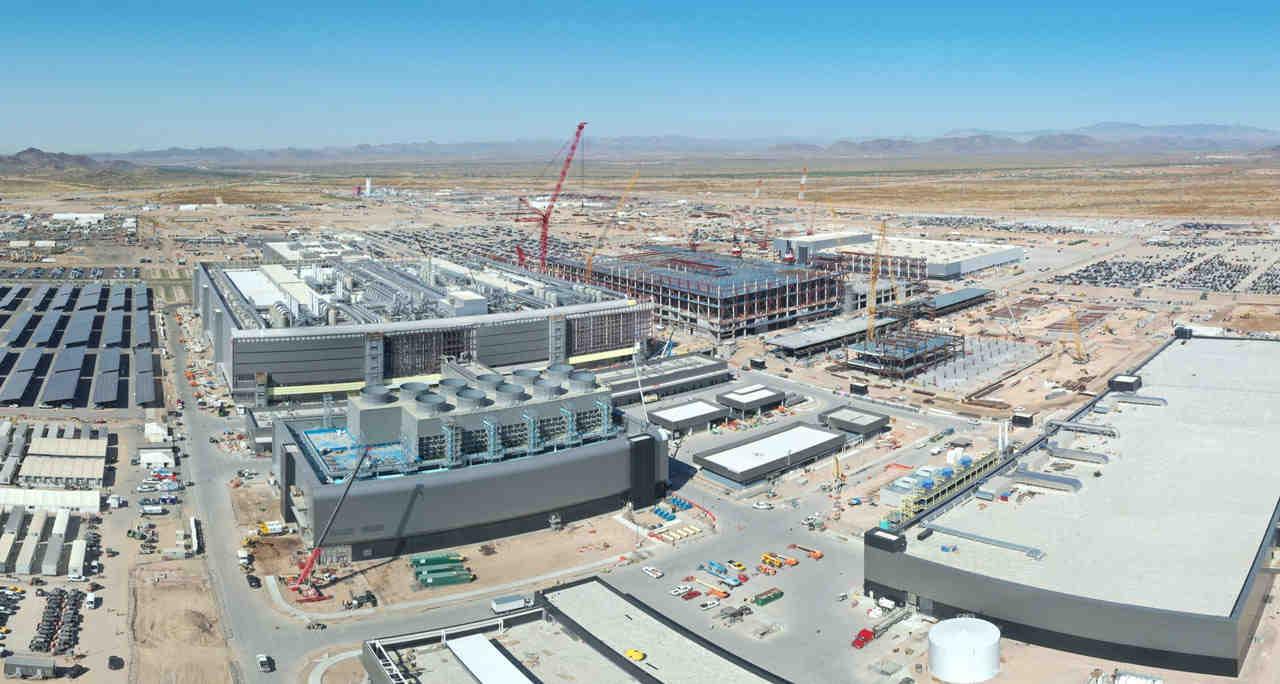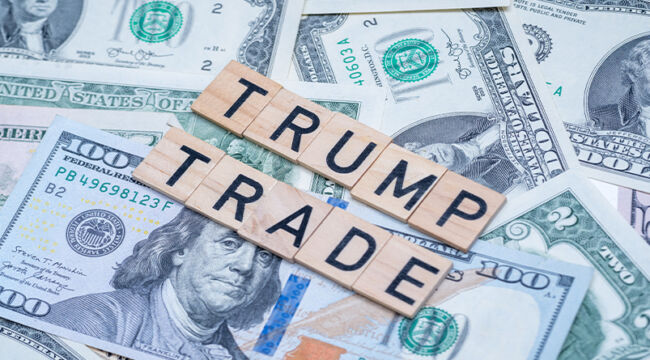Trump’s Bold Plan is Working
In the very near future, cutting-edge semiconductors will finally be made in the U.S.
TSMC’s new $40 billion Arizona plant will soon be producing 4 nanometer chips, which are on the edge of what’s possible today.
The company is reportedly in talks with NVIDIA to produce top-end GPUs at the facility. By 2028 the plant is expected to be producing 2 nanometer chips, which are the smallest and most advanced available.
Within a few years, the Arizona plant will be the world’s largest semiconductor foundry:
 Source: TSMC
Source: TSMC
This project has already created tens of thousands of jobs, and the ripple effects will create many more.
The groundwork for this mega-project was laid during Trump’s first term. His team was deeply involved as part of their reshoring initiatives. If TSMC wanted continued access to U.S. markets, they needed to shift production here. A deal was made.
This is a tremendous win for America, and shows what can be accomplished with aggressive trade policies.
Now Trump is discussing putting tariffs on foreign chips to extend this trend further.
The President’s methods may seem extreme, but behind the scenes a deeply thought-out plan is being put into action.
Targeted Tariffs Trigger Reshoring
We’ve all heard about the 10% tariffs on China. But did you hear about the new 127% to 478% tariffs on golf carts?
They’re real, and are already working. As reported by the South China Morning Post:
Kandi Technologies, another vehicle manufacturer with production bases in Zhejiang and Hainan provinces, announced in October that it planned to invest US$100 million to build a lithium-battery-manufacturing and battery-pack facility in the US in 2025.
The company will also build a US$30 million production line for all-terrain vehicles – including golf carts and utility vehicles – in the US this year. Once fully operational, the facility will have an annual production capacity of 50,000 units, and will supply the North American market, according to the company’s website.
Surprisingly, some of these tariffs were implemented under Biden. With Trump now in office, this trend will only accelerate.
The important lesson here is that very high tariff rates were required to motivate these companies to shift production to the U.S.
So when you hear people complaining about tariffs being too high, we should recognize that in some cases, extreme measures will be required. China’s cost to manufacture goods is far lower compared to domestic markets.
So tariffs are a critical tool for bringing more high-quality manufacturing jobs back into America.
Other countries use tariffs aggressively and subsidize domestic industries. So to rebuild America as a manufacturing powerhouse, we must do the same.
In theory, I love the idea of a totally free market. But in practice, Trump must act aggressively to motivate companies to build plants here. If he doesn’t we’ll become increasingly dependent on China and the rest of the world for our goods.
Winners and Losers
It takes time for these large reshoring projects to reach the production stage. The TSMC Arizona chip foundry, for example, took about 5 years from its announcement to reach initial production phases.
Smaller production facilities, like the new U.S. golf cart lines, will be much faster to build. And all projects will contribute significant construction jobs in the near future.
But if we want this reshoring trend to continue, Trump will need to implement stiff tariffs on a broad array of foreign goods.
This means that in the short-term, we are likely to feel pain in the form of higher prices on certain products.
It’s a sacrifice in exchange for long-term stability and growth.
As investors, we must pay close attention to this trade war. There will be winners and losers on a grand scale from these shifts.
Jim Rickards has some new research coming very soon which will be of interest. Watch your inbox tonight around 7:00 pm eastern for a special message from Jim. He’s been all over this story and has grand plans to take advantage of the situation.



Comments: